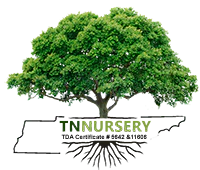Filters
Fruit & Berry Plant Benefits In Landscaping
Fruit and Berry Plants Benefits In Landscaping Brambles Some of the best berry plants to put in a garden are the brambles, such as raspberries, blackberries, and gooseberries. Aside from giving you yummy berries to eat in any one of a number of ways, they create a privacy screen for any large garden. They're colorful and attractive as well. Environmentally, they're a boon for many species of birds and other small woodland creatures.
Other Fruit and Berry Plant Varieties
No matter where you live, there are berry varieties that will thrive in the local weather. Black berries like hot, dry places, so their vibrant red color that contrasts with their dark green leaves will enhance any southwestern U.S. garden.
Speaking of dry climates, one of the best things to grow in dry soil is the plum tree. They're naturally tart, and they make terrific jam. Their wonderful flowers change from white in the spring to deep pink later in the year after they've been pollinated.
For soil that's a little moister, strawberries, blueberries, and even boysenberries are a good choice. They don't have invasive roots, but their biodiversity adds to any garden. With some careful landscaping, they're a beautiful addition to a fruit-and-berry walk.
The Benefits of Fruit and Berry Plants in Landscaping:
Larger Plants Any garden outside of urban areas could benefit from having a fig tree, particularly in hot climates. The fig tree cools the air around it, making it an outstanding anchor to the corner of any garden. The same holds true of apple trees, albeit in temperate climates, which bear not only delicious fruit but also pretty white-and-pink flowers.
Decorative Fruits Certain fruits, such as blueberries, lend themselves to growing in decorative containers as color accents in a garden. With smaller containers, it's even possible to move them around to different places within the garden to add splashes of color. Strawberries are another fruit for which this is a good idea, and so are very small patches of blackberries.
















